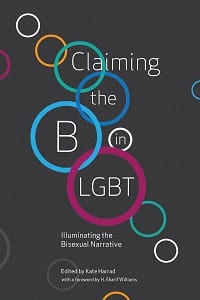The writers who teach in the Goddard BFA in Creative Writing Program have been published and produced internationally, and are recognized in their fields. The BFA in Creative Writing at Goddard is unique in its model: students are able to work across degree tracks and create hybrid work as well as utilizing genre as an anchor in their studies. Faculty teach across the institute in this same way, embracing hybridity and genre-bending while also highlighting the importance of craft and the creation of a literary citizenship that produces a life-long, sustainable relationship to creativity and to creative writing and publishing. Below are several of the writing program core faculty, click on their links to learn more about their practice.
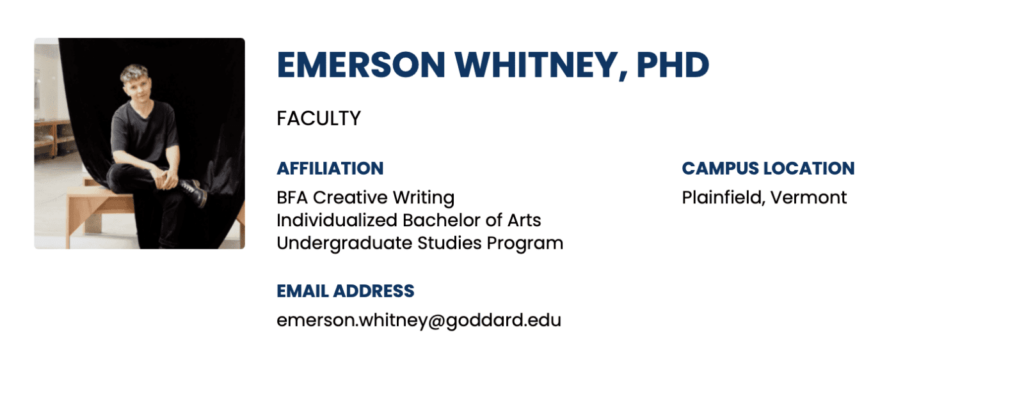
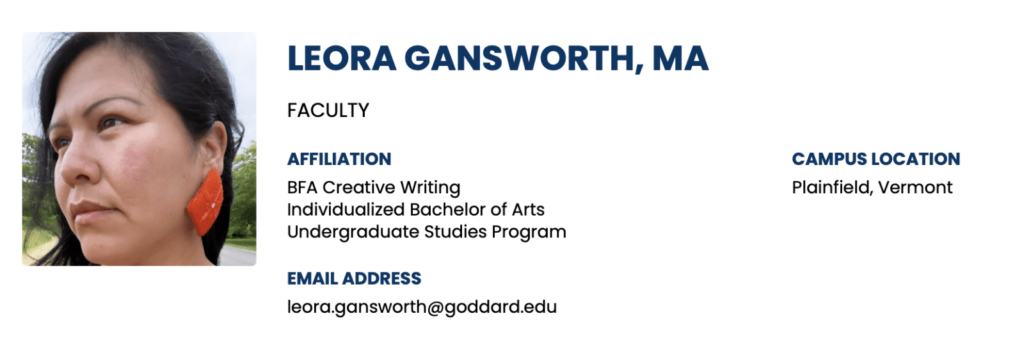
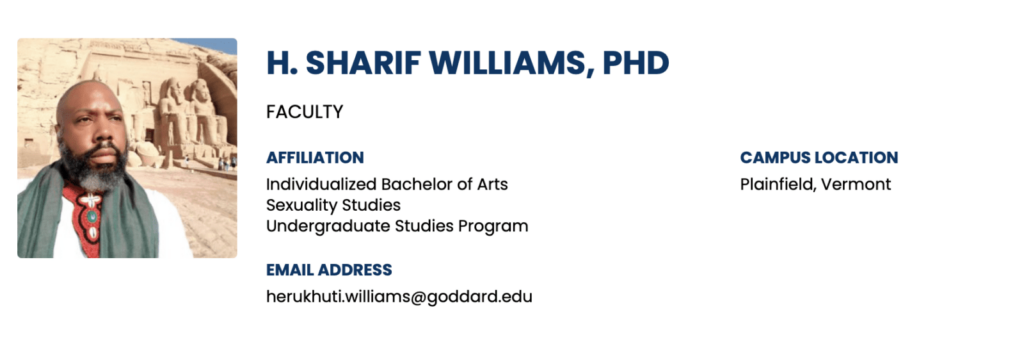
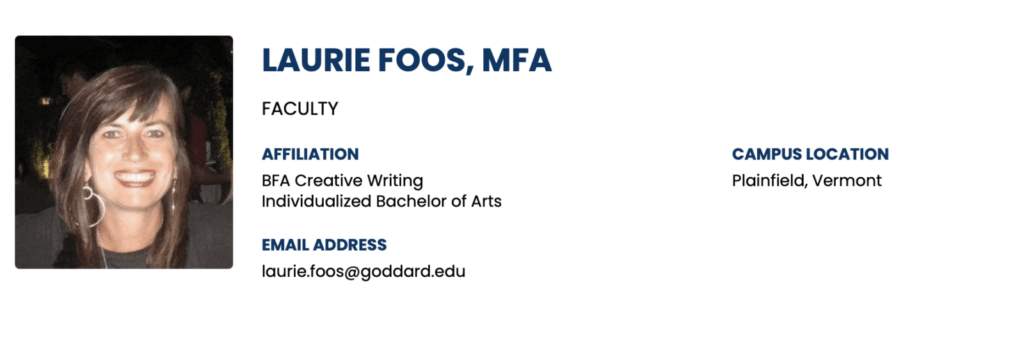
Admissions Information
The Bachelor of Fine Arts in Creative Writing is for students who will develop, or are developing, a significant practice as a creative writer in one or more of these literary genres: fiction, creative nonfiction, poetry, dramatic writing, or hybrid forms.
Students may complete their first and second year of study in Goddard’s Individualized Studies track or transfer up to 75 semester-hour credits from one or more previous institutions.
See complete application instructions.
Location
Twice a year, at the start of each semester, students attend an intensive eight-day residency at the College’s Plainfield, Vermont campus. Residencies are a rich time of exploration, connection, and planning.
Low-Residency Model
At the start of the semester, students attend an intensive eight-day residency in Vermont, followed by 16 weeks of independent work and self-reflection in close collaboration with a faculty advisor. Goddard pioneered this format nearly a half century ago to meet the needs of adult students with professional, family, and other obligations seeking learning experiences grounded in the real-world.
Residencies are a time to explore, network, learn, witness, and share with peers, staff, and faculty. Students work with advisors and peers in close-knit advising groups to forge individualized study plans that describe their learning objectives for the semester.
Working closely with their faculty advisors, and supported by fellow learners, students identify areas of study, personal goals, relevant resources, and avenues to achieve these goals. Students also attend and are invited to help organize workshops, keynote addresses, celebrations and other events intended to stimulate, inspire, and challenge.
This low-residency model combines the breadth of a collaborative community with the focus of personalized learning, enhanced by insightful exchanges with a faculty advisor.
